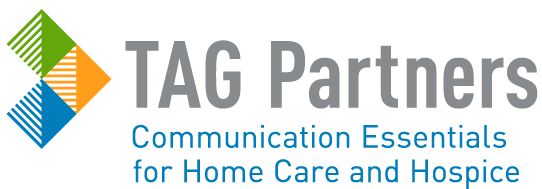Cancer patients should never accept relentless pain as their new normal! All pain can be treated, and even if not totally alleviated, it can be minimized with a comprehensive pain management plan administered by a top-notch caregiving team.
A consistent high level of care is needed for a pain management plan to be effective. Home health and hospice teams provide just that. Home care nurses are trained to recognize tolerance changes that occur as cancer progresses. It can be hard for patients to describe their pain, but It’s important that they convey as much about it as possible. Pain is easier to treat at the onset, and staying in front of it is the key to controlling it.
Patients should participate in their pain management plan by documenting their pain:
Where is the pain?
Is the pain worse during the day or at night?
Rate the severity of the pain, on a scale from 1 to 10 where 10 is the worst.
How does the pain feel: sharp, shooting, achy, burning, throbbing?
What makes it feel better: ice, heat, exercise?
What makes it feel worse: lying, standing, walking?
Does the medicine help the pain?
How long before you feel any relief after taking the medicine?
Cancer pain can be the result of the cancer itself or of any number of treatments. It can range from dull to sharp, and intermittent to constant. While the severity of cancer pain can vary widely, the frequency of home health visits helps nurses identify unreported symptoms and spot the onset of new site pain before it becomes intense.
A cancer diagnosis can be overwhelming, and educating patients about their disease and treatment options can be challenging, especially when they are still processing the news. Help your referral partners explain pain management and palliative care services to their new patients. Newly diagnosed patients who are informed about palliative care have an easier time embracing it as their disease progresses.
Always keep cancer care at the top of your marketing strategy but especially during September, National Pain Awareness Month. Highlight the benefits of in-home care for cancer patients with limited mobility, diminished immune systems, and sickness caused by treatments.
Visit TAGwebstore.com for home health and hospice patient education brochures and flyers, as well as referral building tools like our popular Guidelines for Hospice Admission Flip Chart.
Resources: cancer.org, cancernetwork.com


